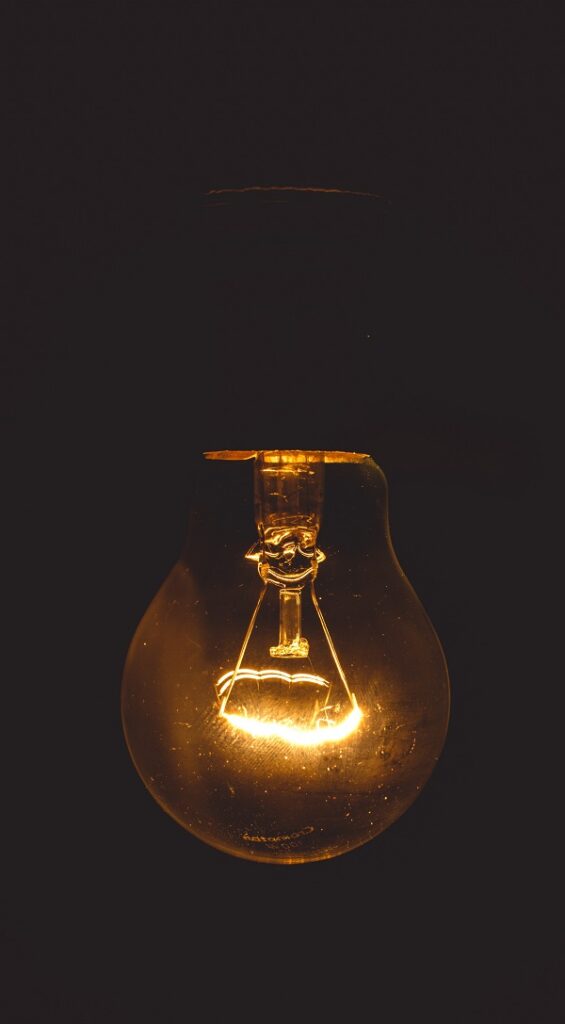
Almost 85 years ago, on May 20, 1936, President Roosevelt signed the Rural Electrification Act. At the time, only about 3% of Georgia farms had electricity, and none of them were in Dutchtown. Even though electricity had been available in the cities for decades, it wasn’t cost-effective for power companies to invest in the infrastructure – running miles of power lines for a few houses. This created a vast difference in the lifestyles between city dwellers and country folk.
Today, we start going crazy when the power is out for a few minutes. A few days without power and we would be in a real crisis. But imagine a time when there was never any electricity in the home. It hasn’t been that long ago.
Heating and cooking were primarily products of wood or coal burning, either in a fireplace or a stove. Can you imagine what the kitchen must have been like in the Georgia summers when there was no air conditioning, and cooking was done on a wood-burning stove?
With no electricity, water had to be manually drawn from a well, a bucket full at a time.
Refrigeration? That was another challenge. My daddy told me my great-grandmother, Mrs. Nora Chaffin, would lower a container of milk down into the well to keep it cool. At best, that would keep it in the upper 50s, a good 20 degrees warmer than a modern refrigerator, but I’m sure it helped.
Do you need to wash some clothes? That was a manual process, too, followed by hanging them up on a clothesline to dry.
With no running water, there was no toilet. You had to go to the outhouse for that. If you needed to go in the middle of the night, it became much more of a production. You might even take the time to get fully dressed first on a cold winter’s night.
When it got dark, the primary source of light was the kerosene lamp. Gathering several people around one dim lamp was common.
Can you imagine a convenience/grocery store with no electricity? Back then, you really had to pump gas. A hand-operated pump drew the gas into a glass reservoir with markings on it so you could see how much gas you were getting. Then it would drain from the reservoir into your vehicle.
Once power did come, though, things began to change. At first, the big change was lighting, but even that was huge. Electric water pumps made indoor plumbing possible. Then there were the glorious appliances. I was told my grandmother, Mrs. Minnie Chaffin, was elated when she got a wringer washer. They weren’t nearly what we have today, but they would wash the clothes, and then you would manually pass each item between two rollers that would squeeze most of the water out.
Take a quick mental tour of your own home and all the conveniences we now enjoy. In my parent’s lifetime, we have gone from primarily manual labor to the easiest kind of life. When we reflect on the hardships past generations had to endure and the progress they handed over to us, we should be grateful. As an old Vietnamese proverb proclaims, “When eating fruit, remember the one who planted the tree.”